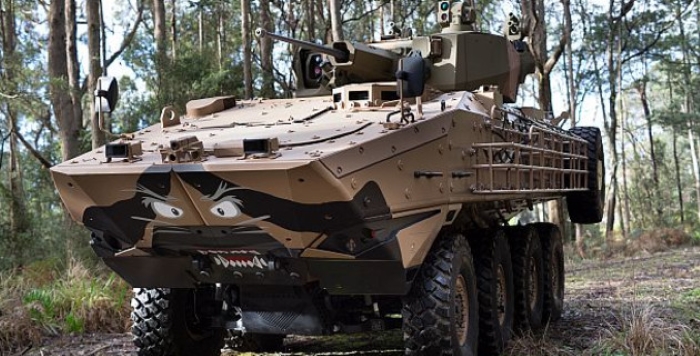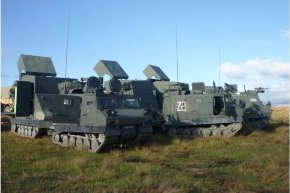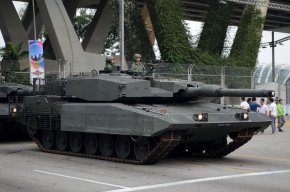On
5 Apr 2021, American firm Oshkosh Defense said that it had been selected by the National Advanced Mobility Consortium (NAMC) – along with its partner ST Engineering – to participate in the prototype phase for the US Army’s Cold Weather All-Terrain Vehicle (CATV).
The Oshkosh CATV, which is yet to be built for the NAMC through a Request for Prototype Project (RPP), is derived from the 16.5 ton Bronco 3, which is “a member of the proven, highly effective, and reliable Bronco family of vehicles by ST Engineering”, said Wisconsin-based Oshkosh.
Pat Williams, vice president and general manager of US Army and US Marine Corps programmes at Oshkosh said:
“We are confident that the Oshkosh CATV will enable soldiers to efficiently move personnel and supplies in the most extreme conditions, and we look forward to getting them into the hands of the end user for testing and evaluation.”
I will be very surprised if Bronco 3, powered by the compact
MTU 6R 106 (providing 325 hp at 2200 rpm) engine does not win the RPP, as a lot of the risk reduction was done at ST Engineering’s own dime to retain its swim capability and concurrent high protection levels when trials were first conducted in 2012-2013 — where it has undergone more than 1,860 miles of performance testing in arctic conditions as well as covered over 200,000 miles in Afghanistan.
Defense News reported that
two vendors in the competitive prototyping effort was selected: the team from Oshkosh Defense and ST Engineering versus BAE Systems, which will offer its BVS-10 Beowulf. It also reported that extreme cold-weather testing and evaluation is set to take place in Alaska at the Cold Regions Test Center from Aug to Dec 2021. Oshkosh said the prototypes will be evaluated on payload, mobility, crush resistance, swimming, and transportability. The US Army plans to buy around 110 in the 1st order in FY2022 and acquire an initial fleet of 163 vehicles; whose numbers can grow to over 200, if the US Marines also decide to acquire CATVs.





